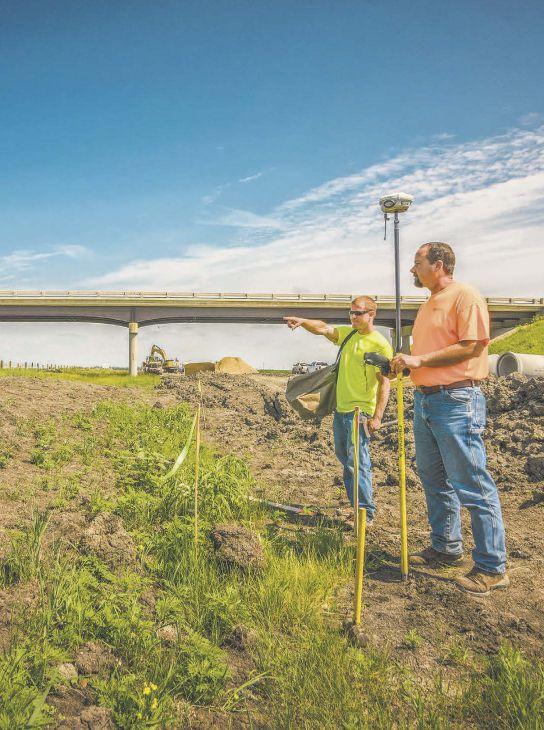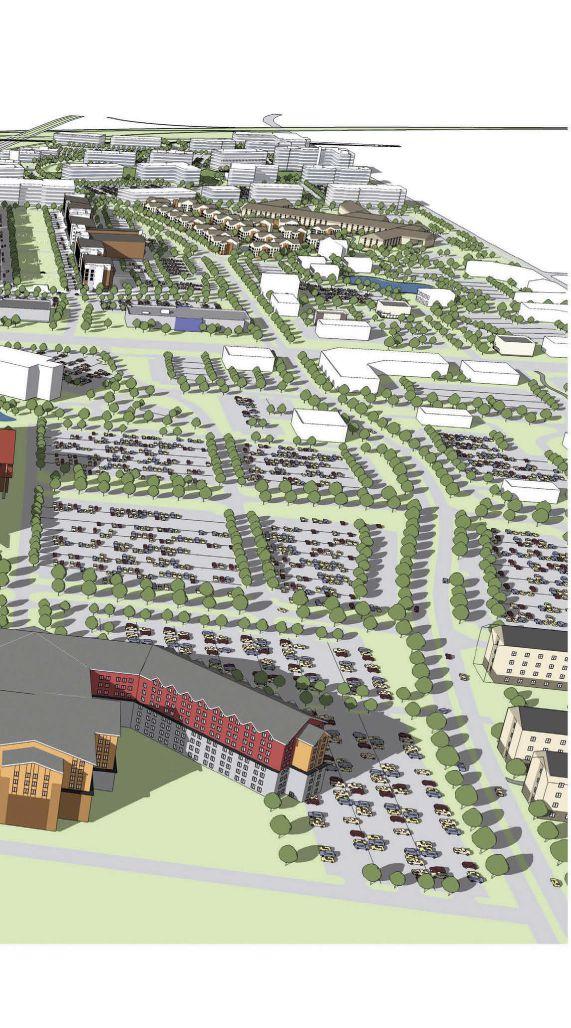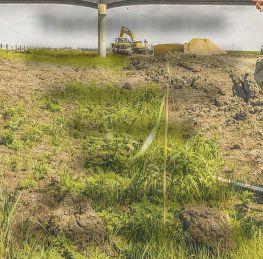
3 minute read
Road to Growth
Public-private partnership pushes forward on Interstate 29 interchange in Sioux Falls, S.D.
BY KAYLA PRASEK
Agroup of Sioux Falls, S.D., landowners are hoping their partnership with Lincoln County, the cities of Sioux Falls and Tea, and the South Dakota Department of Transportation will lead to a new Interstate 29 interchange at 85th Street and continued economic development. The interchange would be between the 41st Street and Tea exits on I-29.
About seven primary landowners represent the 1,500 acres near I-29 and 85th Street, an area where no development has occurred yet, says Erica Beck, vice president of development for Lloyd Cos., which owns about 50 acres there. The landowners are pushing for an interchange instead of an overpass because they believe it’s necessary for economic development.
In February 2014, the landowners group started pushing forward with the project, taking it to South Dakota Gov. Dennis Daugaard and Secretary of Transportation Darin Bergquist. “This is a project that has been talked about for at least 10 years with ebbs and flows,” Bergquist says. “The landowners and Lincoln County revived the fire (behind the project) after it had been dormant for a few years. It’s a unique project because getting it completed will have tremendous impact for that area for economic development.”
While the state supported the project, it couldn’t justify allocating money toward it. The landowners will fund the engineering studies needed for an interstate justification study and report for the Federal Highway
Administration, as well as up to $4 million toward construction of the interchange, Beck says. Lincoln County will borrow $15 million from the SDDOT to fund the rest of the project, says Lincoln County Commissioner Jim Schmidt. The county will also assume responsibility for two township roads that would feed into the interchange. The cities of Sioux Falls and Tea will fund the infrastructure necessary on their end as well.

“The DOT has a fund set up for a purpose like this, and when you look at the two cities, three school districts, county and townships that will all benefit, we knew we would get a return on our investment,” Schmidt says. “We haven’t had any negative feedback from any residents, which means they see the importance of this.”
With funding in place, the next step will be justifying the project to the federal government. “Right now, the federal government doesn’t take economic development into consideration when they approve an interchange,” Beck says. “They look at traffic flow and infrastructure being maxed out. But it’s not often that you get the opportunity to master plan a 1,500-acre development. This really impacts the whole region.”
Bergquist says the Federal Highway Administration will ask whether another interchange is necessary and warranted. The justification report will have to show that local roads are being overused.
The landowners group has planned out what they anticipate development in the area will look like. “The scale of development here is significant,” Beck says. “We anticipate large-scale development, office complexes and housing, all on a scale we haven’t seen in Sioux Falls. We have the ability to go in and build the infrastructure needed for large commercial companies. We’ll also be able to go after opportunities for national retailers that we haven’t been able to go after.”

The growth the interchange would bring is why the city of Sioux Falls supports the project, says Mark Cotter, the city’s director of public works. “We want to be part of this because it’s a great public-private partnership and this area is in our long-range growth plans. We want to make sure we appropriately plan a transportation system that supports the continued growth of our city.”
Bergquist says that public-private partnership is unique for this type of project. “We get these types of requests on occasion, but this project is unique for several reasons: the magnitude of the project, this many entities involved in one project, the public-private partnership and the private side seeking to be part of the financial solution.”
If the Federal Highway Administration approves the interchange, an environmental impact study will be done next. The interchange will then be designed and constructed. While there’s no set timeline as it’s up to the Federal Highway Administration to move forward, Beck says she hopes construction could start in 2018. PB
Kayla Prasek Staff Writer, Prairie Business 701.780.1187 kprasek@prairiebusinessmagazine.com











